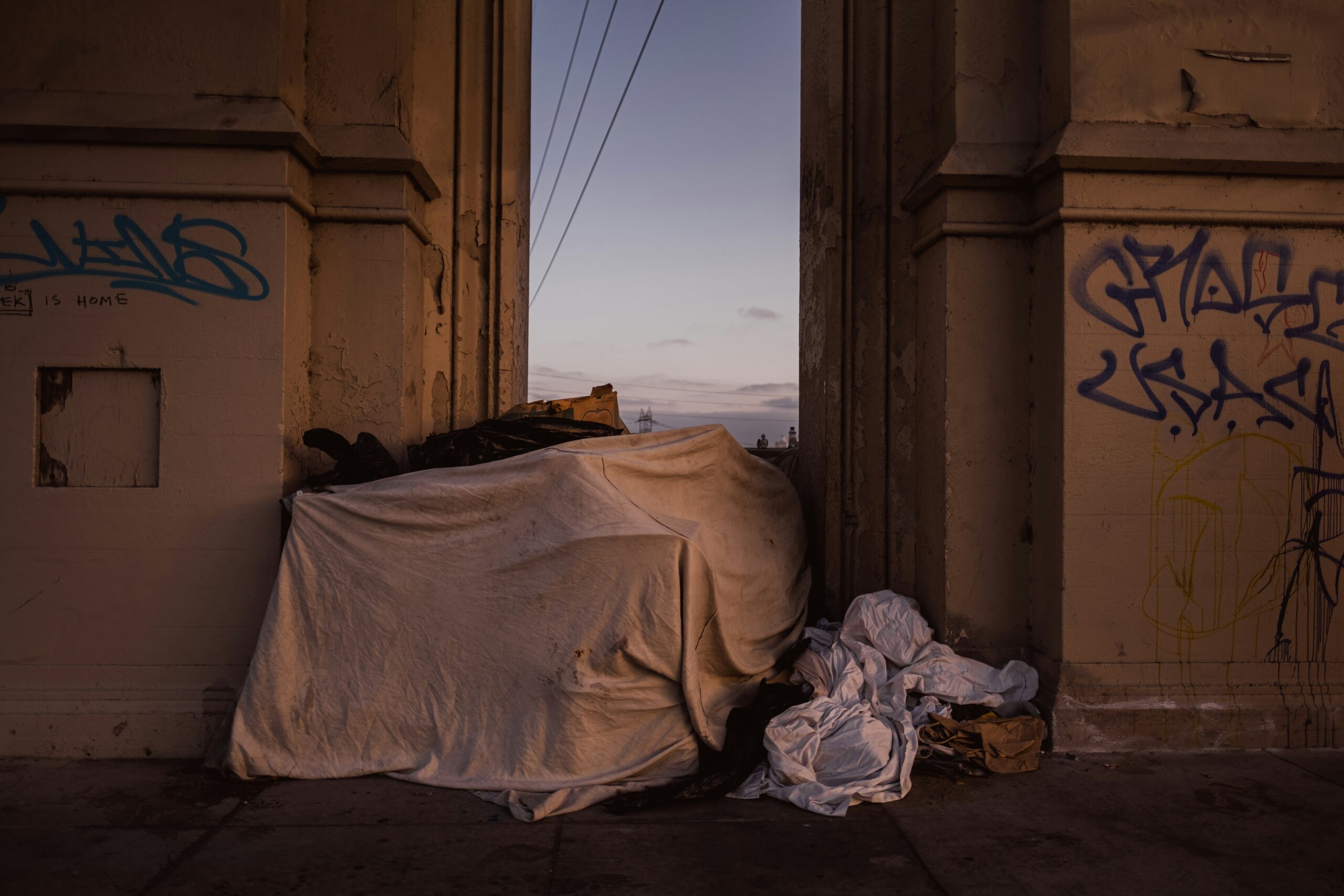Image credit: Unsplash
For generations, California has been seen as the land of opportunity. From a time when California was simply a part of the Wild West to the California gold rush of the 1840s, the Golden State has proven to be a fixture within pop culture, regarded as a land of opportunity and promise. This almost mythic reputation carried over into the twentieth and twenty-first centuries through the rise of film as a medium and strategic positioning of Hollywood as the mecca of all things glitzy, glamorous, and star-studded.
As a result of this centuries-old storied legacy, the idea of traveling westward to California in search of fortune and fame is practically ingrained into the minds of most Americans. However, many who make this iconic pilgrimage get there only to realize that making it in California is a bit more difficult than they may have anticipated. This has led to a large homeless population and a plethora of RV encampments serving as people’s homes.
Addressing the RV Encampment Crisis
Now, Mayor Karen Bass is promising Angelenos will see more RV encampments cleared and people housed after Gov. Gavin Newsom signed a bill that opens up more than two dozen properties near L.A. freeways to store towed RVs, feed homeless individuals, and provide emergency shelter.
Assemblyman Rick Chavez Zbur, who represents Santa Monica, Beverly Hills, Hollywood Hills, and other Westside communities, introduced legislation that gives Los Angeles access to 25 Caltrans parcels under or near freeways for $1 a month. The bill sponsored by Bass aims to solve the logistical problem that has vexed city officials for years—where to store towed R.V.s.
Angelenos will “see the difference in more R.V. encampments being cleared,” said Clara Karger, a spokeswoman for Bass, in an emailed statement.
But it might take a while to see that difference. Currently, only one of the California Department of Transportation’s 64 so-called airspace properties is available. “As other properties become available, Caltrans will contact the city,” Matt Rocco, the agency’s spokesperson, reassured the public.
Challenges and Solutions for Housing RV Dwellers
City officials have struggled for years with a shortage of vehicles that can tow the large RV campers that currently house communities from Van Nuys to South Los Angeles. Threatening to tow an RV is one thing, but following through on such a large scale has proven troublesome for LA officials. Even when tow trucks are available, there often isn’t a city yard where these recreational vehicles can be held. Some of these are legally required to be held for up to 120 days before being destroyed, claimed, or auctioned.
According to a legislative analysis, there are only 325 spaces for RVs in city lots, and as of early 2024, 95% were occupied. Councilwoman Monica Rodriguez, who created a home placement program in her San Fernando Valley District for those living in RVs, said the legislation isn’t a panacea, but it addresses “one of our biggest obstructions to facilitating these RVs getting off the street in a more expedited fashion.”
As if making a living in California, with the comparatively high cost of living, wasn’t already difficult enough, COVID made things immeasurably harder for everyone. During the pandemic, an explosion of people lived in tattered recreational vehicles parked in neighborhoods and industrial stretches. The influx has raised the ire of many neighbors, who complain about unsightly tarps, trash, raw sewage, and crime, even as the camps are essential housing for thousands of people. While homeless tent camps can be cleared with relative ease, RVs have continued to pose serious problems and logistical issues in the past few years.
Looking Ahead: A New Approach to Homelessness in Los Angeles
Fortunately, instead of combating these residents, Los Angeles officials are now looking to help them with the passing of new legislation that can afford them a viable home beyond the walls of their RV. Bass pushed for the bill in hopes that it would help her as she expands her Inside Safe effort beyond tent encampments. In December, more than 50 R.V.s were cleared along Forest Lawn Drive, with roughly 31 dwellers accepting housing and 20 RVs turned over to the city.
“RV encampments pose a range of tactical and logistical challenges that require legislative and regulatory fixes,” Bass said, announcing its passage. “This bill will help us move RVs out of neighborhoods and bring more Angelenos into housing in a faster and cheaper way.”

